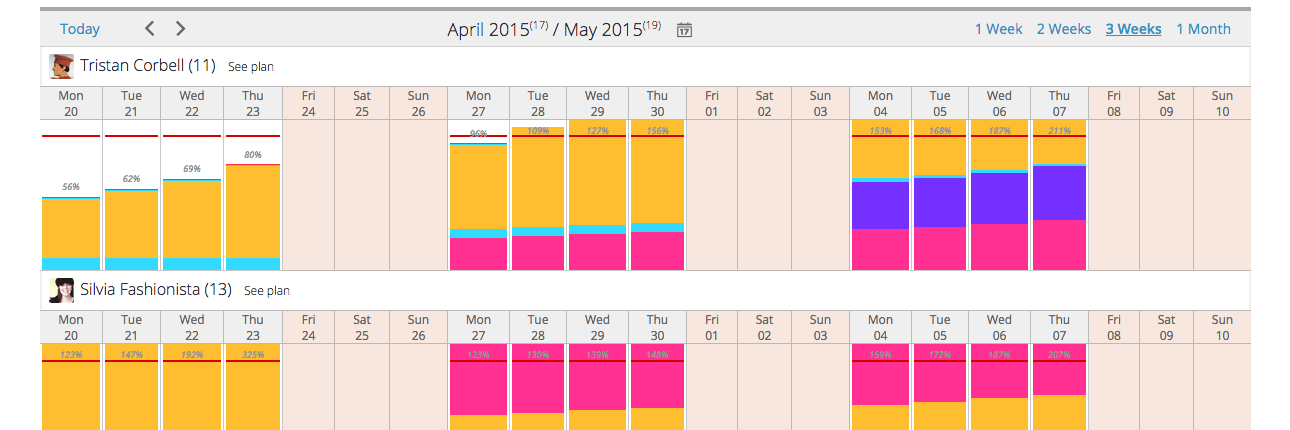You can think of open space offices and flame mails, but team conflicts are a little bit older than that: Cain and Abel, you know..? Since that time we learned the lesson: conflicts can destroy a team.
At the present time the concept of team is reshaping itself: open space offices are not for everybody (and, if they are not your cup of tea, they can also affect your performance: good insight about this issue in Quiet: The Power of Introverts in a World That Can’t Stop Talking by Susan Cain); tons of emails are not for everybody; almost – digital – only relationships (I am currently working also for people that I have never met in person, did it never happen to you too yet?) are not for everybody as well.
Nevertheless we are still speaking of teams, and a team is supposed to be a group of players forming one side in a competitive game or sport. And business is the most competitive sport on this planet. If you don’t find a way to make out a team from a bunch of people, you are going to lose the match.
A team is a system of relationships and different personal needs.
Without a way to bring together that relationships and needs, the system fall apart: it is the concept of Schismogenesis, ”the generation of opposition” a concept developed by the anthropologist Gregory Bateson in the 1930s while studying the Papua New Guinea Iatmul culture.
Your team and an Iatmul village are a system. There are two different ways to destroy it: the Complementary schismogenesis (dominant-submissive behavioural pattern) and Symmetrical schismogenesis (same behavioural pattern, as in the arms race).
In the passage rite named Naven, Iatmul people create a context in which the usual roles are “played” in the opposite way: male becomes (disguising) female. The key of the Naven rite is to allow men and women to experience – in the context – the emotional lives of each other, achieving a psychological integration.
Finding a way to bring this kind of experience to your team is a good way to keep it not alive, but lively! Programmers and creative designers (but it can be sales and buyers, or sales and logistics, HR and administration…): these are probably the men and women of your “village”.
All of us are under pressure. But finding an opportunity to experience a different pressure, the pressure that “the other guys” are experiencing, is a great way to improve the team manager: we have the tools, we have the culture, we just have to build up the opportunities. Because a lot of what makes the difference between success and failure in teams is a matter of empathy.
Think about it next time you are going to share a pizza with a guy of a different department… Meanwhile, a tool that helps team – working is a good way to keep low the schismogetetic fibrillation level…
Easing work relationships on a project-by-project basis
Twproject is a project management tool, and as such it represents work relationships in form of projects, assignments and roles.
But what it can do better with respect to classical hierarchical and role based modeling is that organizations can be projects – related: the same user can be project manager, worker, stakeholder and tester at the same time on different projects. You can get suggestions in a project you lead, and make suggestions in a project you follow.
And indeed you can set up projects where the manager / execution roles are exactly specular, so that users can compare the two experiences. It is not by chance that Twproject is used as a didactical tool in so many universities.
User and projects can spawn different areas, and you can involve resources from other departments in cross area projects: just in the “Naven” ritual, it’s a matter of point of view!
This contextual role playing can be a way to experiment and understand problems relative to your position in a project in different cases, just like in the rites above.




One thought on “Work environment and Papuasian tribes: how to solve team conflicts”
Comments are closed.